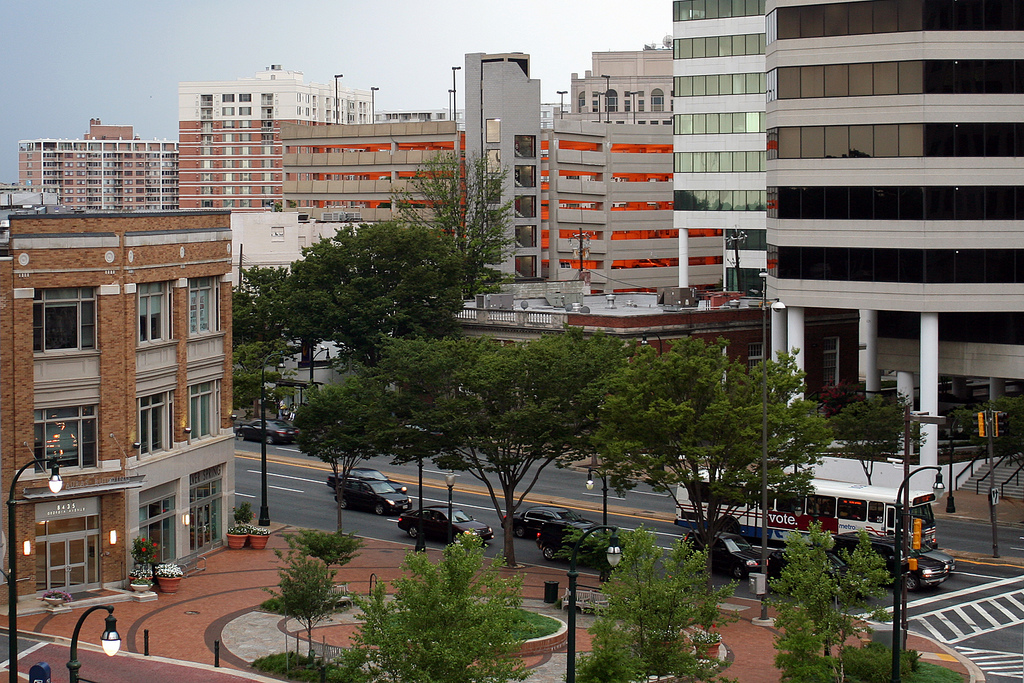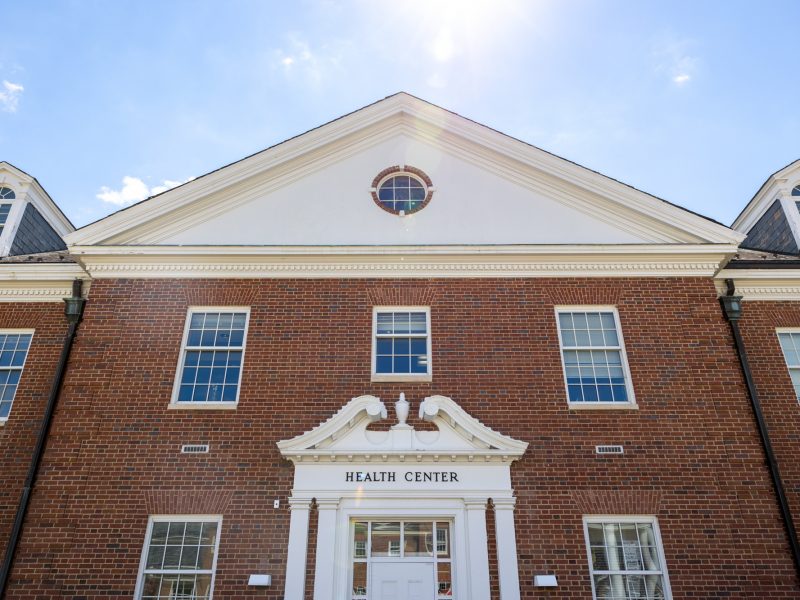Views expressed in opinion columns are the author’s own.
In high school, Downtown Silver Spring was my kingdom. It had everything that my heart could desire: bustling streets teeming with other prepubescent kings and queens, a perpetual hot dog and popcorn aroma and reggae music blasting from every street corner.
I felt at home. It was a place where being Filipino or a first-generation immigrant wasn’t an anomaly, as nearly everyone I saw was also a person of color. There were also a handful of amazing minority-owned businesses, such as Negril Eatery — a small Jamaican restaurant founded by a Jamaican native that boasted beef patties I would scramble for every Friday.
It was an amazing hub of culture that I still hold dear to my heart. Unfortunately, in recent years, it has fallen prey to pockets of gentrification.
PBS characterizes gentrification as “the arrival of wealthier people in an existing urban district, a related increase in rents and property values, and changes in the district’s character and culture.” At its worst, gentrification causes the displacement of poor, often minority, communities by rich outsiders. Of the families that stay, many find themselves “economically and socially marginalized.” Online real estate website Trulia reports that Silver Spring had an out-migration rate (residents moving away from the area) of 103.5 percent, or twice the expected rate for those earning less than $30,000 from 2005 to 2009.
In hindsight, gentrification is really hard to define, and even harder to measure. According to Governing Magazine, it is largely concentrated to a few select regions and hasn’t even made it to most urban cities. However, in the places where gentrification is indeed alive and well, its effects are sinister – even in their subtlety. Since 2000, 54 neighborhoods in D.C. have been characterized as gentrified, a steep increase from five in the 1990s.
Washington and a few of its suburban communities like Silver Spring have been the face of gentrification.
One of gentrification’s most visible and distinct elements are “hip” new restaurants that often negatively impact long-established local businesses. Yep, I’m talking about those upscale burger joints and artisan salad places that attract young professionals and “hipster” artists. “[O]nce-affordable ingredients have been discovered by trendy chefs, and have been transformed into haute cuisine,” cultural critic Mikki Kendall explains. “Food is facing gentrification that may well put traditional meals out of reach for those who created the recipes.”
Similarly, these urban communities are being whitewashed of their vivid cultures. Some of these communities have long-established histories of people banding together to “build a community through strife,” such as black people in Harlem, New York, and Latinxs in San Francisco’s Mission District, explains Everyday Feminism. When gentrification occurs, these people of color are made to feel like outsiders in their own homes. Everyday Feminism dubs this “new-wave colonialism,” which affects businesses, schools and the overall atmospheres of these neighborhoods.
When construction firms and business developers allow their profit-driven desires to seep into these already-vulnerable neighborhoods, they are only dividing the communities that have long called these places home.
Downtown Silver Spring has not yet completely lost its character, but I can’t say that it’s the same kingdom my friends and I so instinctively claimed. There’s a Cava now, and the shopping center has been completely remodeled. Just last week, I found myself strolling along the same storefronts I roamed as high school royalty. I hope the younger students who call it home will have the same opportunity to do so.
Maris Medina is a freshman journalism major. She can be reached at marismedina29@gmail.com.



